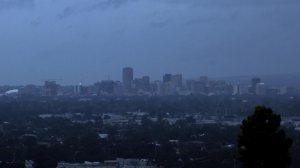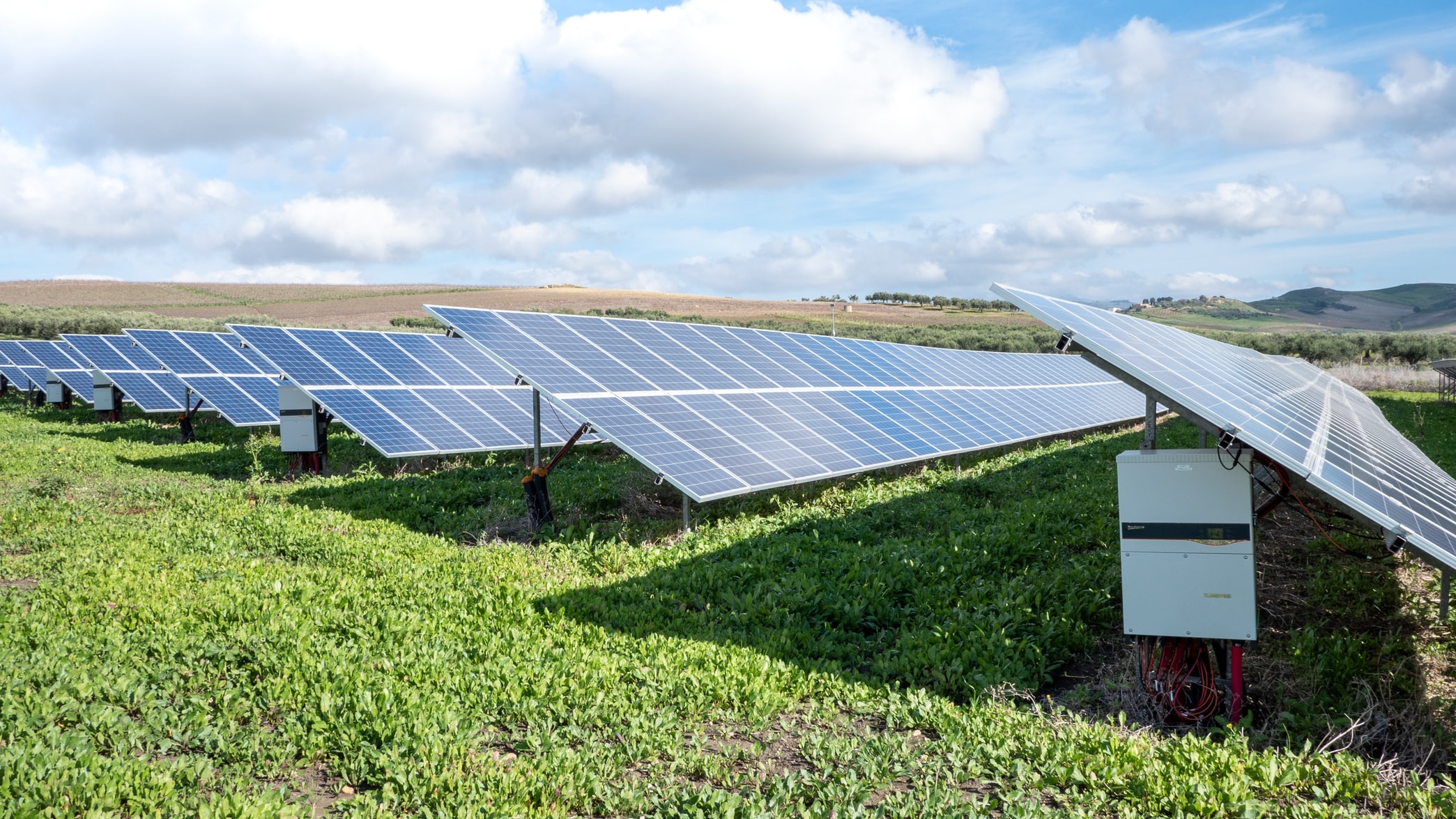Renewable energy is an effective and simple method of reducing your energy consumption and reducing your carbon emissions.
Large organisations often require equally large quantities of solar PV to be installed to offset their energy demands and bring down operational costs.
One of the reasons many solar installers recommend a system of 99kW is that to operate anything bigger requires obtaining a generation licence from the Essential Services Commission of South Australia (ESCOSA).

The governing body on electricity, gas and water in South Australia
Why do I need a generation licence?

Adelaide city blackout. Source: Shane Harris (Arch Imagery)
Obviously, essential services such as electricity, gas and water require regulatory measures to ensure the system remains stable and that no incidents occur. Smaller solar systems such as those installed on households and small businesses do not require a licence due to their small size and low risk to the grid. Systems over 100kW, however, require a license in order to ensure these systems do not adversely impact the network, the environment they operate in, and most importantly cause harm to people around them. And none of us likes working in the dark!
What happens when you commit to a large system?
If you commit to installing a large system, with the system having an inverter nameplate of 100kVA or more and the capability to export electricity to the grid, you are required to apply for a licence from the Essential Services Commission of South Australia.
Applying for a licence requires you to provide details about:
-

the business’s management structure,
- the staff in charge of the generation system,
- the generating system itself,
- a Licence Compliance Plan outlining your policies and procedures to ensure compliance with the relevant legislation and standards regarding solar PV, and,
- Pay an application fee ($1000 at time of writing).
While this list looks intimidating, Tandem Energy is well versed in supporting organisations to meet these requirements – contact us to find out more.
But wait, there's more!
What happens after you apply?
If approved, there is little additional day-to-day work outside of maintaining the system. You are, however, required to report to ESCOSA whenever a breach in compliance occurs, and provide them with an Annual Compliance Report. You also need to annually report to the Office of the Technical Regulator regarding the SRMTMP.
The Annual Compliance Report required by ESCOSA is designed to ensure you understand the implications and importance of properly maintaining your solar system and the compliance rules around it. The report is required to be signed by 2 executive members of your business (often Directors or equivalent) or independent auditors approved by ESCOSA, so some planning is required each year around this.
While the set-up and compliance with legislation around a solar system seems complicated, we can provide you with support all the way to make sure the process is as painless as possible. And then you can sit back and enjoy the sunshine while you lower your energy bills, reduce your emissions, and help the state move to greener energy.


